The Ideal Bachelor Has Changed Throughout American History
From bachelor parties to “The Bachelor” franchise, the concept of a bachelor is well-known in American culture.

If you know anything about American history, you know that anything relating to society and culture is always changing. Trends come and go and reappear after a while, and the same thing goes with the concept of a bachelor and dating culture.
In honor of Zach Shallcross’ (who we’re loving, btw) season of The Bachelor, here is the history of the American bachelor.
The Colonial Bachelor
The word “bachelor” is still a part of our everyday vocabulary, having originated in 17th-century America, when a bachelor was "dependent on a man’s age and whether he owned property." This meant a bachelor was an unmarried young man in his late teens, 20s, or early 30s who owned property, but wasn’t far enough in his career to be a “master.” In the early colonial days, bachelors were seen as less worthy than married men or men who were more successful in their careers, putting bachelors in the same class as women and children. In short, bachelors weren’t seen as real men, but that was about to change.
Bachelorhood became more socially acceptable in the mid to late 17th century, when the first bachelor club, the “Friday Evening Association of Bachelors,” was created by Harvard students in 1677. You might expect their meetings to be held in taverns where the men socialized with copious amounts of alcohol, but the meetings often included church leaders and gave young men resources to eventually get married and reach master status.
Though society was growing more accepting of bachelors, politicians grew to hate them. One of the most famous bachelor bashers of the 18th century was Benjamin Franklin, who believed that bachelors were “but one half a pair of scissors.” The “bachelor tax” was introduced in the early 18th century to encourage and incentivize young men to get married as "bachelors seemed so untamed, rough, and ill-suited for contributing to civilized society" because they were more likely to gamble or get into trouble. This continued throughout the 18th century when married men were excused from serving in the military, leaving bachelors with no choice but to join the army when the American Revolutionary War started in 1775.
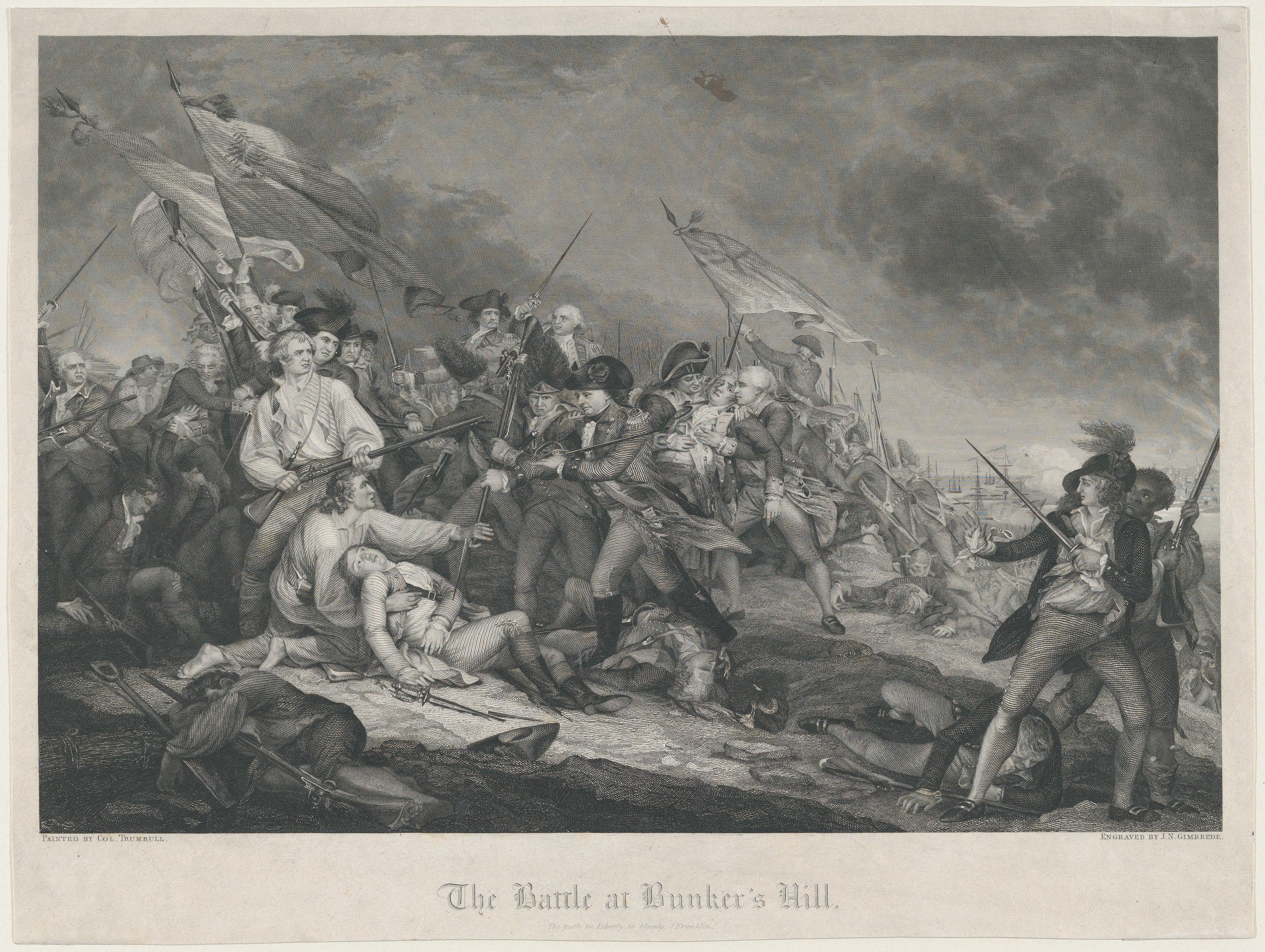
Public domain, via Wikimedia Commons.
The 19th Century and Early 20th Century Bachelor
The societal stigma against bachelors grew in the 19th century due to urbanization and an influx of Irish immigrants. Many of these young Irish men had a hard time finding wives due to anti-Irish sentiment, coupling the prejudice against bachelors with the prejudice against the Irish. Not much changed for American bachelors until the latter half of the 19th century.
After the Civil War ended in 1865, the bachelor subculture began to flourish, making the period between the Civil War and World War I "the golden age of the American bachelor." As urbanization grew in post-Civil War America, plenty of young and single men were moving to cities to look for work, designating many working-class neighborhoods as “bachelor districts.” Many of these men lived together in boarding houses and worked in factories, and the poorer districts were often rife with crime.
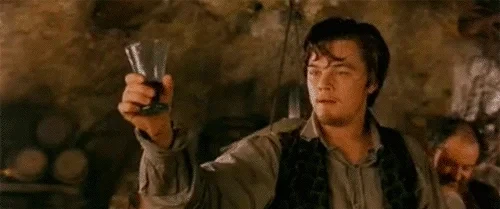
There were plenty of lower middle-class boarding houses for bachelors who worked in offices or had jobs that made enough money for them to afford a nicer boarding house. These houses were a community of their own, with many of the young men drinking together after work. But even the boarding houses were reserved for the orphaned, financially insecure, and immigrants, as the majority of American bachelors in urban areas lived with their parents until getting married. According to Art of Manliness, “In 1860, 60% of native-born, unmarried men between the ages of 15 and 30 lived with the family.”
This time is known as the golden age of the bachelor due to the rise in social spaces for bachelors. From private men’s clubs for wealthier men looking for camaraderie to taverns in working-class neighborhoods, these spaces were reserved for young men to blow off steam after a long day of work. This extended into social clubs for the wealthy, saloons in the Old West, and barber shops. Into the early 20th century, sporting clubs that were popular, that is before everything changed when the United States entered World War II after the attack on Pearl Harbor in December 1941.
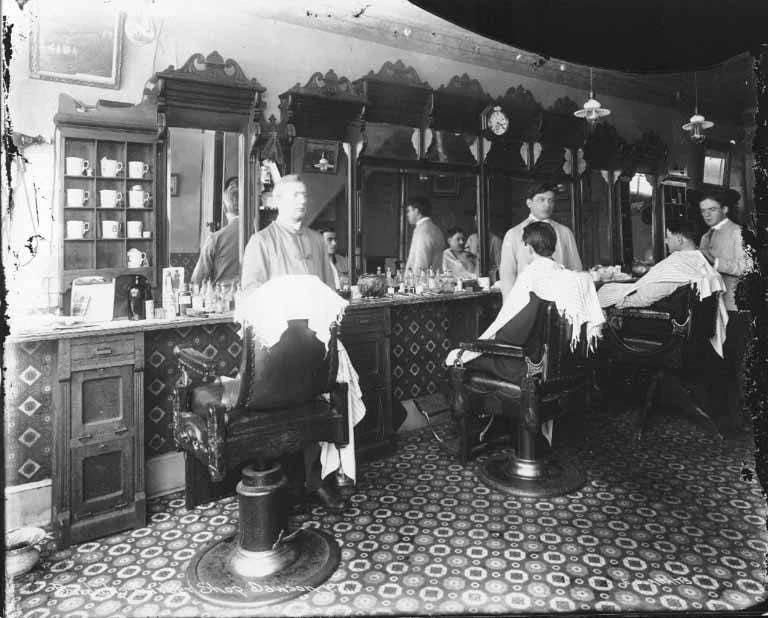
Public domain, via Wikimedia Commons.
The Mid and Late 20th Century Bachelor
After World War II ended in 1945, America entered a post-war economic boom, resulting in the rise of suburban living. After the devastation of the war, many realized that life was too short and wanted to start having families younger, resulting in more marriages and a baby boom. Economic conditions made it easier than ever for young men to get married, and the bachelor lifestyle went out of style.
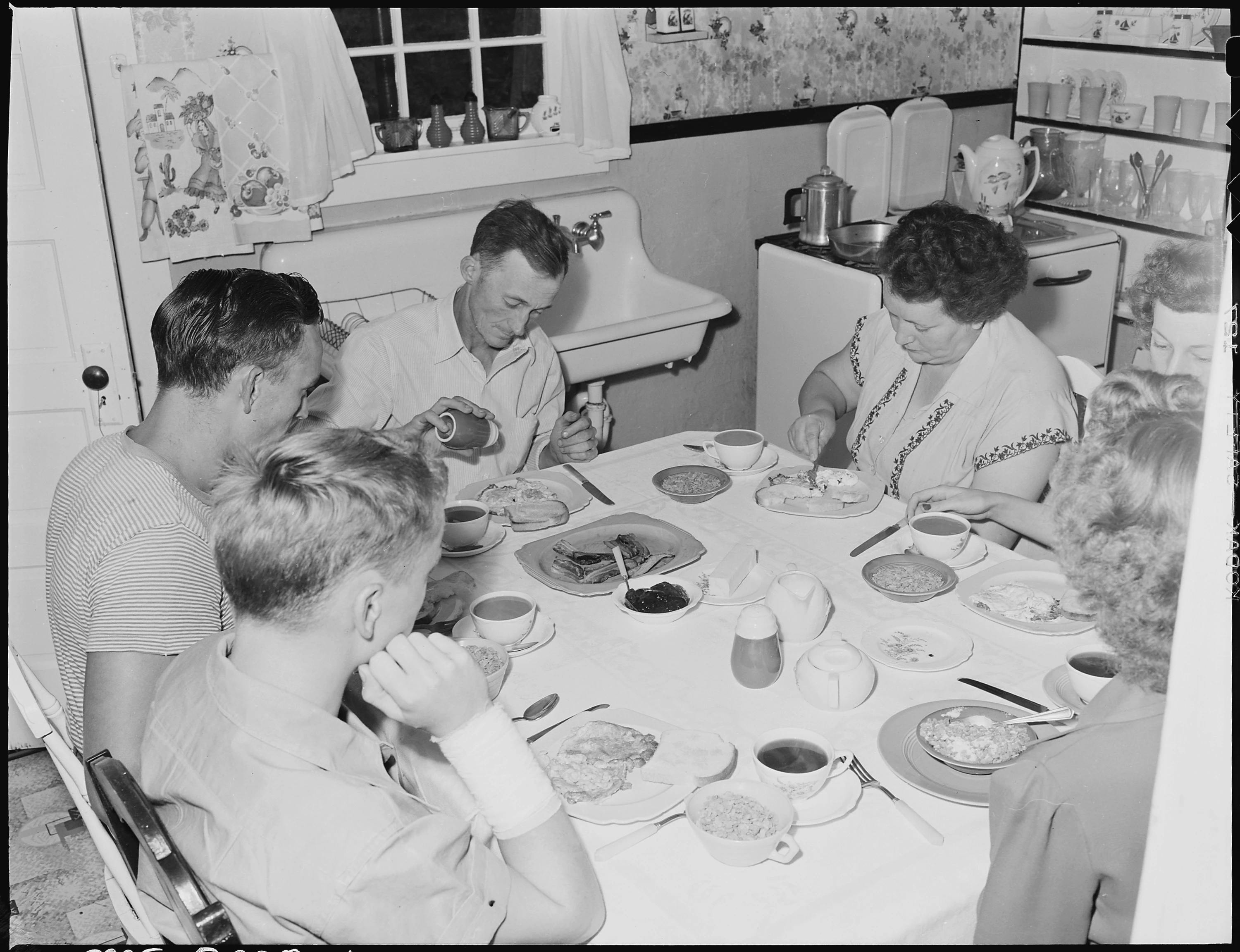
Public domain, via Wikimedia Commons.
This would shift after the 1950s ended, and the sexual revolution began in the 1960s. As premarital sex became socially acceptable and the rise of birth control gave women the “freedom” to have casual sex without consequences, men started to put off marriage and engage in hookup culture. This led to the rise of the “playboy,” with men like Hugh Hefner (and fictional men like Don Draper) idolized as the epitome of masculinity when all they did was have a lot of sex and take advantage of women. Unfortunately, this continued through the rest of the 20th century and into the 21st century.
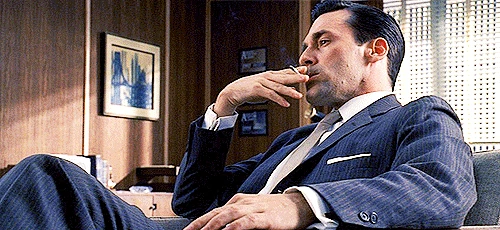
The 21st Century Bachelor
Though the 21st century is still in its early years, it’s already faced plenty of financial crises that have forced Americans to rethink how they live their lives. Young people tend to cohabitate before marrying, waiting until they are older and more financially stable to settle down.
Economics aside, bachelor culture has turned into bro culture. Single men in their 20s and 30s participate in a culture that celebrates male camaraderie, sports, and partying. While some of this is a healthy way for young men to form friendships and engage in common interests, it also sometimes celebrates hookup culture and misogyny. It’s important to note that most young men aren't misogynists like Andrew Tate and that hookup culture hurts men almost as much as it hurts women.
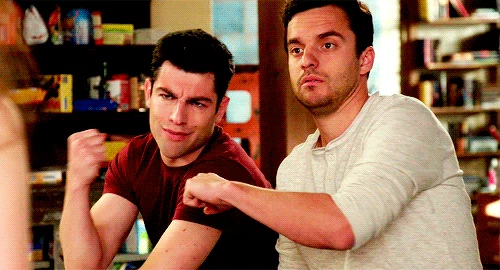
As the rates of young men suffering from depression and committing suicide continue to rise, it’s important to encourage young men to participate in healthy forms of masculinity, and having drinks with friends while watching a football game is one of them. We shouldn’t demonize men for participating in bro culture in healthy ways; it’s no different from the social clubs for bachelors in previous generations.
The 21st century is also the century of reality television. The Bachelor premiered in 2002, making the social phenomenon of a bachelor into a pop-culture phenomenon. The show is currently on its 27th season with Bachelor Zach Shallcross, a 26-year-old tech executive from Austin, Texas. While Sean Lowe (who we adore) is the only Bachelor to marry the women he gave his final rose to, the show is still popular among American audiences.
Closing Thoughts
From the golden age of the American bachelor in the late 19th century to the current bro culture, the culture of the American bachelor goes beyond bachelor parties and the show The Bachelor. Young and unmarried men are a large group in society, so it’s no surprise that they have their own culture.
Don’t miss anything! Sign up for our weekly newsletter and get curated content weekly!